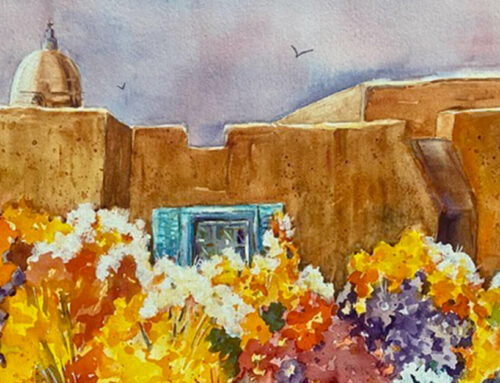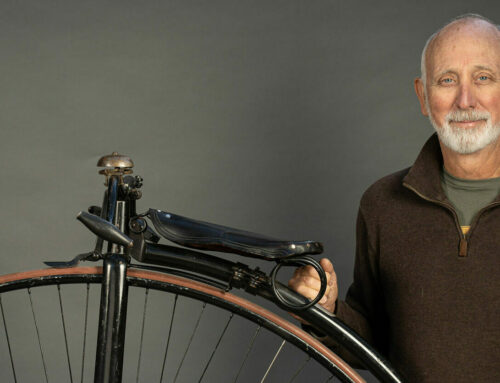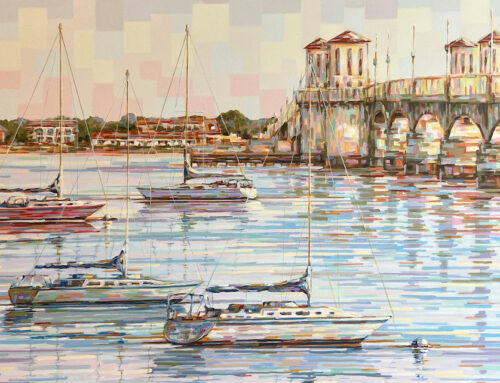Bouke de Vries: War & Pieces
April 1, 2022 – December 31, 2022

Bouke de Vries, War and Pieces, 18th-, 19th-, and 20th-century porcelain, plastic,
sprayed plaster, acrylic, steel, aluminum, gilded brass, and mixed media.
This spring, the Lightner Museum’s grand ballroom gallery will be transformed by a dramatic ceramic centerpiece created from thousands of fragments of white porcelain.
War & Pieces is a monumental sculpture created by London-based Dutch artist Bouke de Vries. A former conservator of ceramics, de Vries uses broken ceramics as the primary medium for his artwork, celebrating the “beauty of destruction” through his fragmentary sculptures.
De Vries’ War & Pieces is a contemporary interpretation of the decorative sculptures that adorned Seventeenth- and Eighteenth-Century banquet tables. During the era, the ruling classes set their tables for the dessert course with elaborate centerpieces painstakingly fashioned from costly sugar. These whimsical structures depicted classical allegories, grand battles, and architectural follies. Over time, the fragile confectionary creations were replaced with porcelain, fabricated by the leading manufacturers of the day including Meissen and Sèvres, who used skilled confectioners as their first modelers.
De Vries reinvents this tradition, creating a provocative battle scene where sugar, historic porcelain, and modern plastic wage a war of materials, eras, cultures, and values.

The exhibition opening for War & Pieces will take place during the Lightner Museum’s April 1 Community Open House
About the Artist
Born in Utrecht, the Netherlands, Bouke de Vries studied at the Design Academy, Eindhoven and Central St. Martin’s, London. After working with fashion designers John Galliano, Stephen Jones and Zandra Rhodes, he switched careers and studied ceramics conservation and restoration at West Dean College. Every day in his practice as a private conservator de Vries was faced with issues and contradictions around perfection and worth and used this as the starting point for his works.
Using his skills as a conservator, de Vries’ artworks reclaim broken ceramics after their accidental trauma. He has called it “the beauty of destruction.” Instead of reconstructing them, he deconstructs them. Instead of hiding the evidence of this most dramatic episode in the life of a ceramic object he emphasizes their new status, instilling new virtues, new values, and moving their stories forward.






